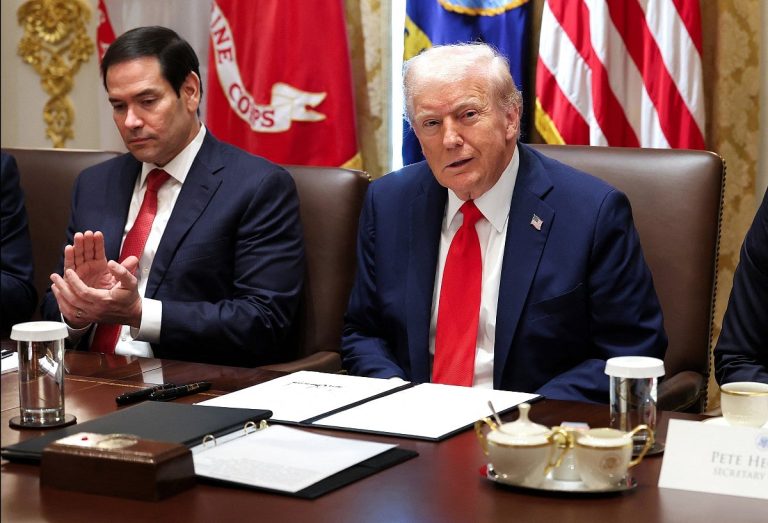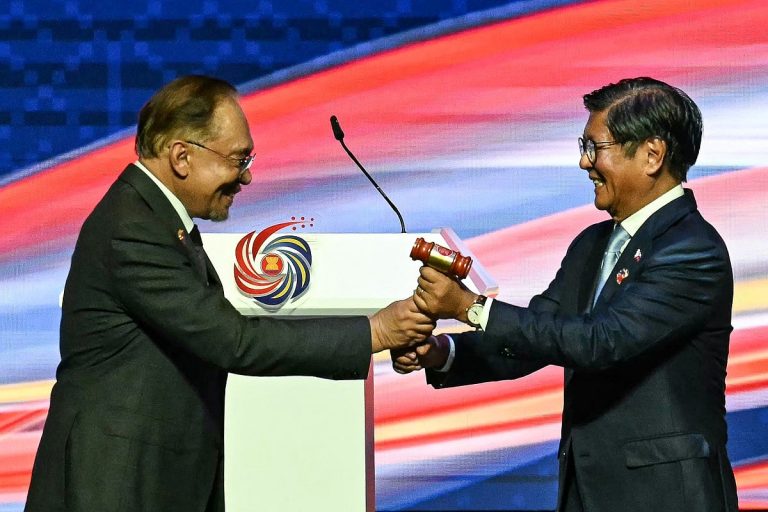Trump and Xi Meet: Signs of Easing Trade Tensions
In a significant diplomatic encounter, US President Donald Trump and Chinese President Xi Jinping met in Busan, South Korea, marking their first in-person discussion since Trump returned to the White House. This handshake symbolizes a potential thaw in the ongoing trade tensions between the two nations, which have been characterized by tariffs and disputes over various economic issues.
Key Developments from the Meeting
During the meeting, Trump described the discussions as “amazing” and announced a major policy shift: the United States will reduce fentanyl-related tariffs on Chinese imports by half. This move is expected to alleviate some of the economic pressures on both countries. In return, China agreed to suspend new regulations on rare-earth magnets for one year, a critical component in various technologies.
Additionally, China committed to resuming its purchases of American soybeans, addressing a significant point of contention from previous negotiations. The Chinese Commerce Ministry confirmed that both countries would pause reciprocal tariffs and work towards resolving the ongoing TikTok issue, which has been a source of friction in recent months.
A Call for Cooperation
Xi Jinping emphasized the importance of dialogue over confrontation, advocating for collaboration in areas such as trade, energy, and artificial intelligence. This statement reflects a desire for a more cooperative relationship between the world’s two largest economies, suggesting a possible reset after years of escalating tensions and tariffs.
FAQs
What was the main outcome of the Trump-Xi meeting?
The main outcome was the announcement that the US would halve fentanyl-related tariffs on Chinese goods, while China agreed to suspend new regulations on rare-earth magnets and resume soybean purchases.
How does this meeting impact US-China relations?
The meeting signals a potential easing of trade tensions, with both leaders expressing a willingness to engage in dialogue and cooperation on various economic issues.
What are the implications for the global economy?
A reduction in trade tensions between the US and China could lead to increased stability in global markets, benefiting international trade and investment.
Conclusion
The handshake between Trump and Xi represents a hopeful step towards resolving long-standing trade disputes. As both nations commit to dialogue and cooperation, the global economic landscape may see positive changes in the near future. Continued engagement will be crucial in maintaining this momentum.
The meeting between Trump and Xi comes at a time when both nations are facing significant economic challenges. The United States has been grappling with inflationary pressures and supply chain disruptions, while China is dealing with slower economic growth and rising domestic debt levels. By addressing trade issues, both leaders may be seeking to stabilize their economies and foster a more favorable environment for businesses and consumers alike.
The backdrop of this meeting is marked by a series of tariffs imposed by both countries over the past few years, which have affected a wide range of industries from agriculture to technology. The trade war initiated in 2018 led to retaliatory measures that strained economic ties and resulted in increased costs for consumers and businesses. The recent discussions indicate a recognition that continued confrontation could have detrimental effects on both economies, prompting a shift towards negotiation and compromise.
Furthermore, the global economic landscape is increasingly interconnected, with many countries closely monitoring US-China relations. The outcome of this meeting could influence trade policies and economic strategies in other nations, particularly those that rely heavily on trade with either the US or China. As the world’s two largest economies, their decisions have far-reaching implications, affecting everything from commodity prices to international investment flows. The commitment to dialogue and cooperation may signal a broader trend towards multilateral engagement, which could help mitigate some of the uncertainties that have characterized recent years.
Also Read:
Key Issues Ahead of Xi-Trump Meeting in South Korea







